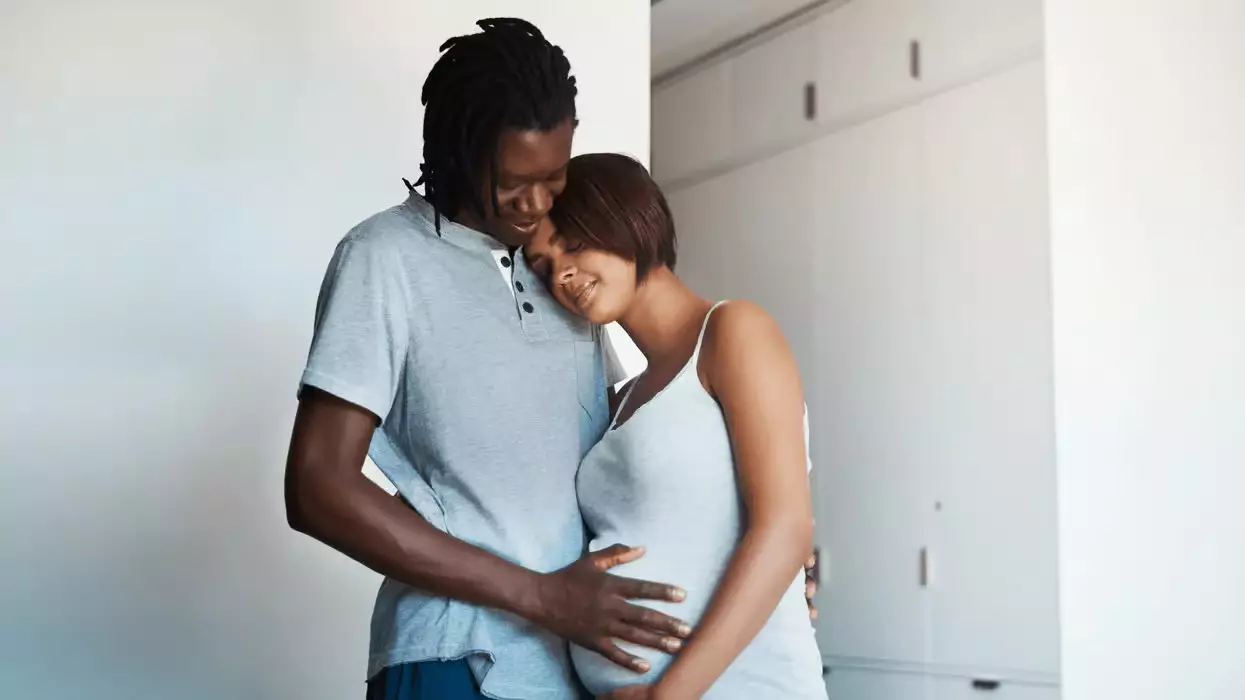For many expectant mothers, the pregnancy journey reaches a significant milestone when they enter the second trimester—the thrilling expectation of feeling their baby’s first kicks. This moment is much more than an awe-inspiring experience; it signifies the beginning of a powerful connection between mother and child. The delightful realization that those gentle nudges are not merely the sounds of a growling stomach but are the initial whispers of life within, is an emotionally charged testament to the miracle of pregnancy. But beyond the sentimental feelings, these baby kicks hold profound implications for fetal health and development, sparking curiosity about their purpose and significance.
The Science Behind Baby Kicks
Recent research has provided insight into the impressive strength behind these fetal movements. A landmark study conducted by a team of bioengineers at Imperial College London utilized advanced imaging technology to model fetal kicks. They discovered that at just 20 weeks gestation, fetuses are capable of kicking with a force of up to 6.5 pounds. Fast forward to 22 weeks, and that power increases to an astonishing 10.5 pounds. This newfound understanding of fetal movement reinforces the notion that these kicks are not only adorable greetings from a child but crucial exercises that contribute significantly to their ongoing development.
The importance of movement in utero is multifaceted. These exercises do wonders for a baby’s neuromuscular system, aiding in the preparation for life beyond the womb. Dr. Niamh Nowlan, a key researcher on the team, notes that early movements may initially be reflexive, governed more by instinct than conscious thought. However, as gestation progresses, the baby begins to exercise greater control over their movements, indicating an evolution in their development that prepares them for the challenges of the outside world.
The Health Indicators of Fetal Movement
Interestingly, researchers have also linked fetal movement to overall outcomes in pregnancy. Changes in fetal kick patterns, especially as pregnancies approach full term, can be indicative of potential issues. For instance, diminished movement may signal the potential for congenital disorders or developmental concerns. Thus, health professionals often encourage expectant mothers to track their baby’s movements diligently. This daily practice serves not only as an emotional anchor but also as a practical way to ensure the baby’s health while in the womb.
While the experience of feeling kicks can vary from mother to mother, it is reassuring to know that these movements typically signify a healthy, thriving fetus. However, not every pregnancy yields the same sensations. Some mothers report clear distinctions in movement, noting that they can pinpoint the location of their baby’s kicks with clarity, while others may feel a more general sense of movement. This variability often leads to ongoing discussions within the research community about the best ways to monitor and understand fetal movements.
Innovations in Monitoring Fetal Health
As science continues to advance, researchers are developing new technologies to help expectant parents understand and track fetal movement better. A fascinating development is a new wearable fetal movement monitor designed by Dr. Nowlan and her team. This innovative tool holds promise for providing peace of mind to anxious parents by offering a more reliable means of monitoring their baby’s movements outside of traditional methods.
All of this highlights the essential exercise that those tiny kicks represent. As the pregnancy progresses, it is critical for these movements to continue, as they play a crucial role in strengthening a baby’s bones and joints. Kicking is not just an exercise; it is an essential aspect of fetal growth and well-being. The notion that these kicks are a rehearsal for future activities—crawling, walking, and potentially running—is a powerful symbol of the relationship between movement and healthy development.
While kicks may be a temporary phenomenon in the pregnancy journey, their implications are vast and profound. Each nudge from within can be celebrated not just for the joy it brings but for the essential role it plays in a baby’s preparation for life outside the womb. Thus, every little kick is more than a simple movement; it is an eloquent testament to the resilience and strength of life itself.

